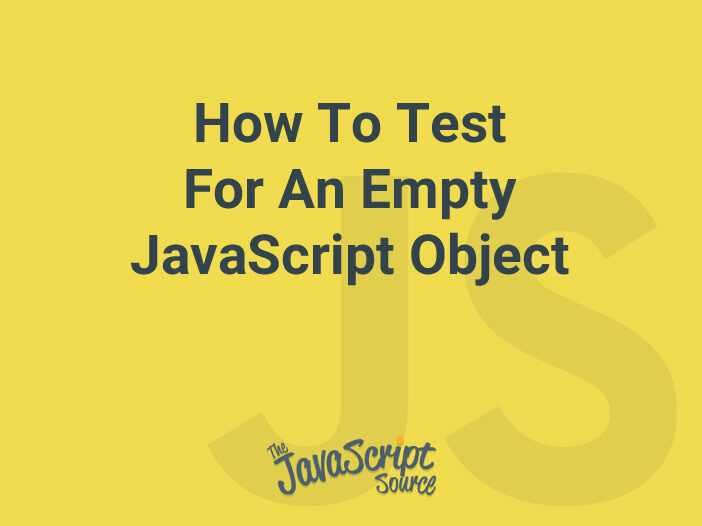
JavaScript objects can be tested for emptiness in a few different ways. The most common method is to use the Object.keys() method, which returns an array of a given object’s own enumerable property names. If the length of this array is 0, the object is considered empty. Here is an example of this method in action:
let obj = {};
if (Object.keys(obj).length === 0) {
console.log("The object is empty");
} else {
console.log("The object is not empty");
}Another way to test for an empty object is to use the JSON.stringify() method, which converts a JavaScript value to a JSON string. If the resulting string is "{}", the object is considered empty. Here is an example of this method in action:
let obj = {};
if (JSON.stringify(obj) === "{}") {
console.log("The object is empty");
} else {
console.log("The object is not empty");
}You can also use the for...in loop to check if an object is empty or not, which iterates over the enumerable properties of an object. You can check if the loop ran or not to check if the object is empty or not.
let obj = {};
let isEmpty = true;
for(let key in obj) {
isEmpty = false;
break;
}
if(isEmpty) {
console.log("The object is empty");
} else {
console.log("The object is not empty");
}Lastly, Another way to check if an object is empty or not is to check the length of the object using Object.entries(obj).length === 0, which returns the number of key-value pairs in the object.
let obj = {};
if (Object.entries(obj).length === 0) {
console.log("The object is empty");
} else {
console.log("The object is not empty");
}All of the above methods will correctly determine whether or not the given object is empty. You can choose the one that best fits your needs and use it in your code.
